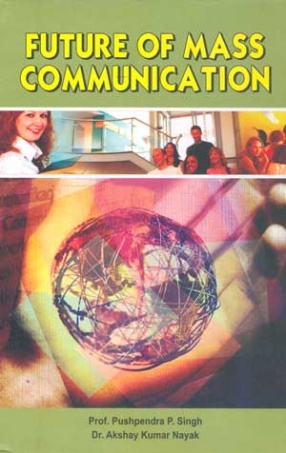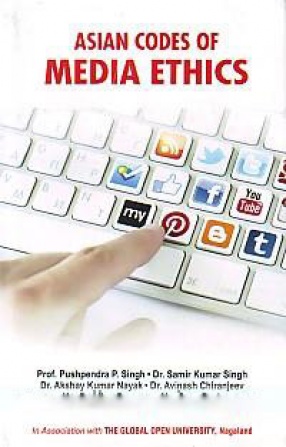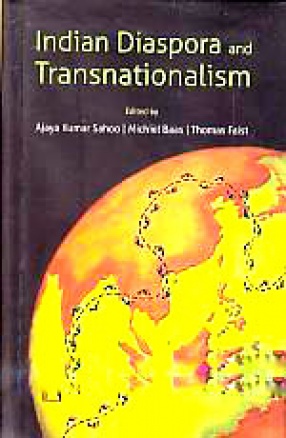India is a land of a fairly successful mass communication and relevant communication technologies. This is despite the fact that the mass media, individually and collectively, is below the UNESCO”S diffusion figures of the minimum norms-less than one-quarter in case of copies of dailies, four-fifths in the case of radio receiving sets, one-sixth in the case of TV sets and two-fifths in the case of cinema seats-and notwithstanding overstraining federalism and the millions of people living below the poverty line. That is because the country and government, people and interests concerned have learnt to resort to three courses:
(i) the adoption of multi-media and relevant technology approach;
(ii) the adoption of satellite communication and broadcasting, electronic printing and digital technologies in communication & telecommunications so as to cut short the long transition involved in terrestrially covering up the existing gaps in communication and extension systems; and
(iii) the inculcation or encouragement of the spirit of innovativeness, open-minded-ness, indigenousness, decentralization and localism which have all marked out communication system all though.
The Book titled "Future of Mass Communication" has been brought out with the main objective of enlightening the readers regarding news communication technologies, educational and training media besides government and non-government media organisations.
We are sure that this book will be quite useful to the students of Bachelor of Journalism and Mass Communication (BJMC) and of Master of Journalism and Mass Communication (MJMC) besides researchers under going M.Phil. and Ph.D. Degree programmes.











There are no reviews yet.